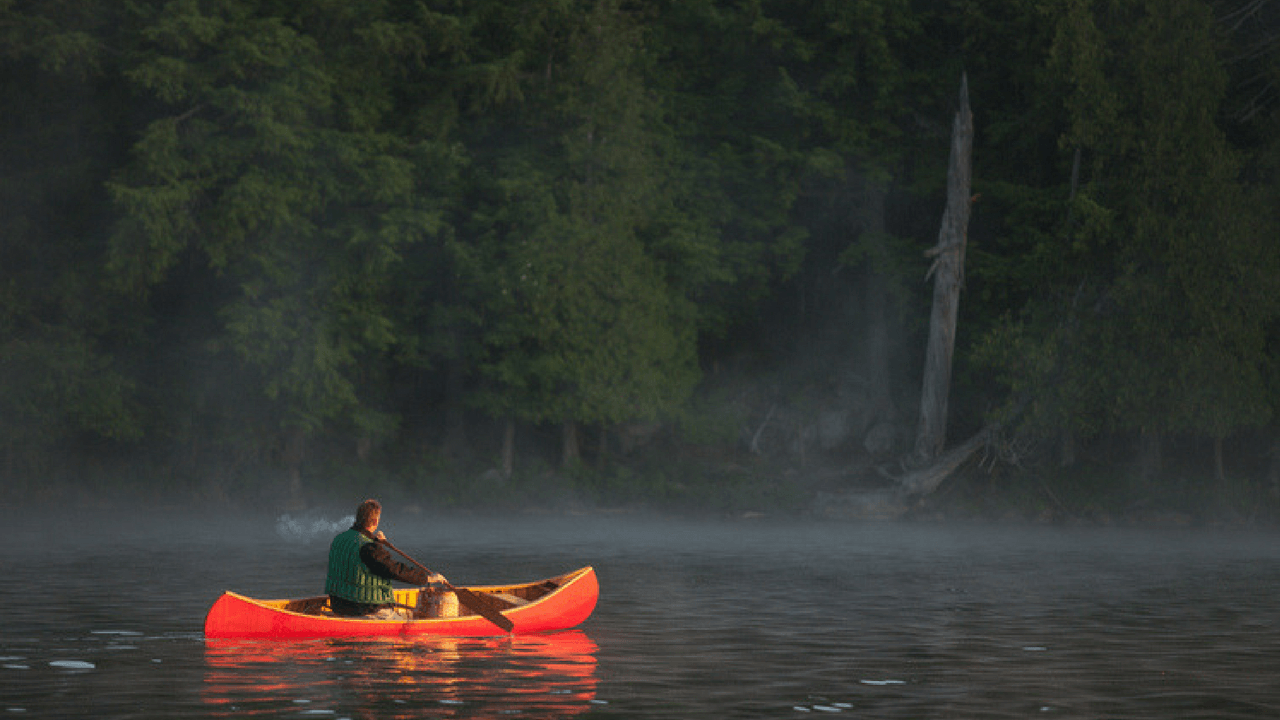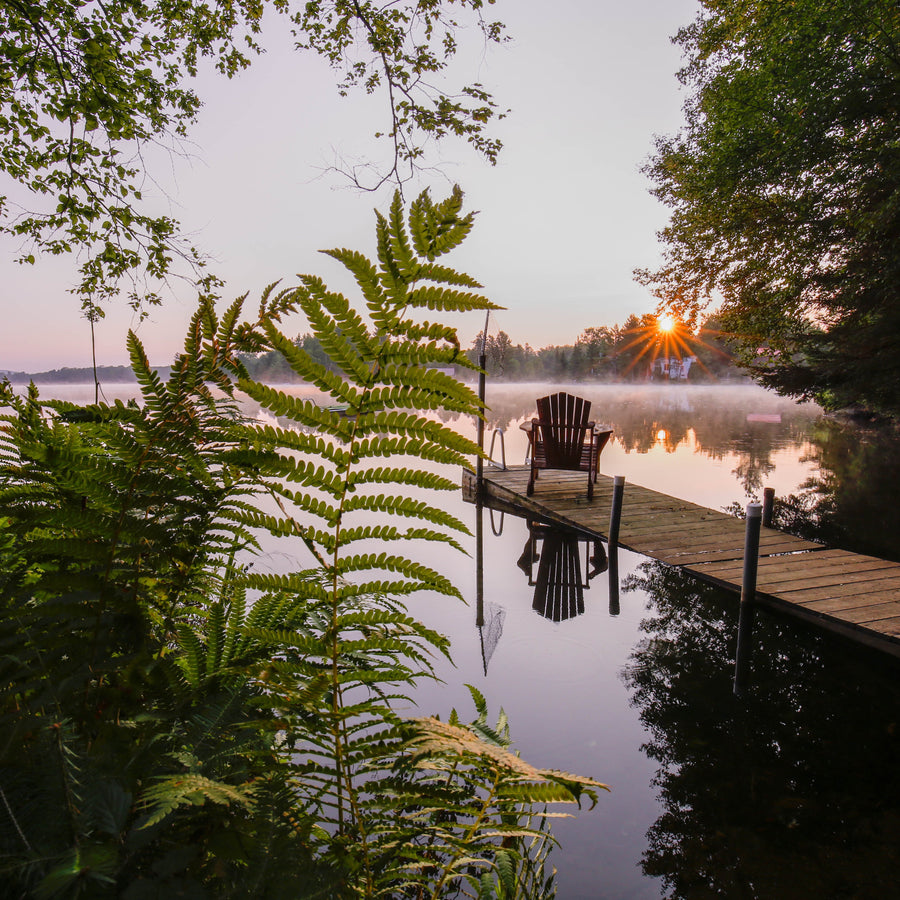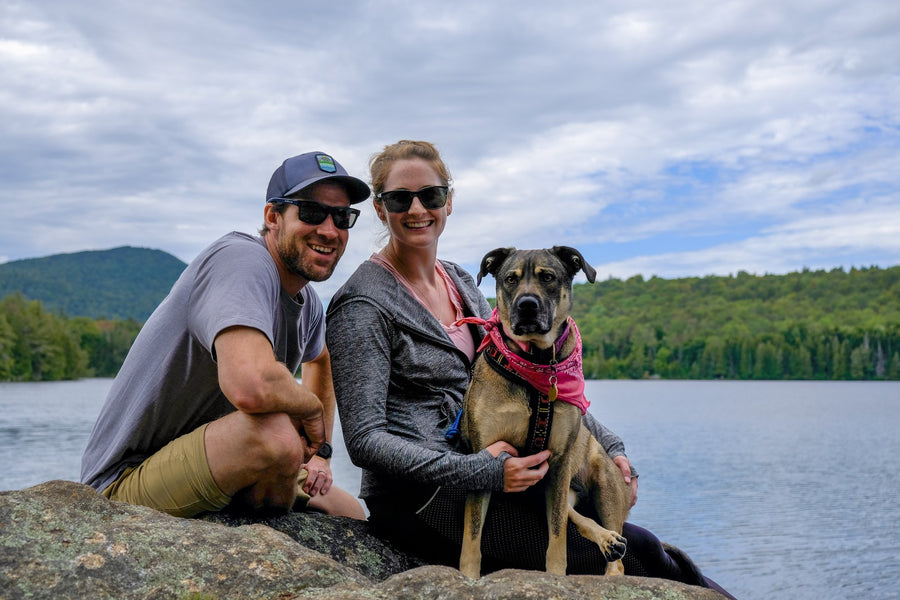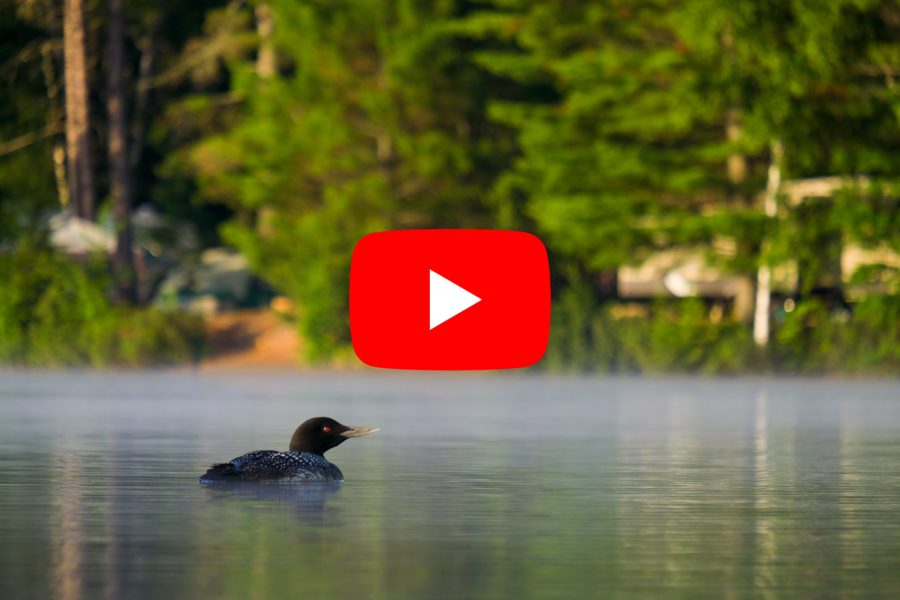2016 Trout Power Creel Study


This June, passionate anglers will have an opportunity to be a part of an important and fun brook trout conservation effort in the Adirondacks. The Great Camp Sagamore will host Trout Power 2016, a 4-day long event that will include countless hours of fishing, connecting with nature, good food, happy hours, and plenty of diverse entertainment. The Adirondack Park has a long history of holding legendary fishing spots, for both lure and fly fishing enthusiasts. From trout to bass and walleyes to northern pike, popular fish are found throughout Adirondack waters. Whether looking for some camaraderie with fellow fishermen (or women!) or looking for that quiet spot back in the wilderness, the lakes and waterways in the Park exceed expectations in many ways.
Trout in the ADKs
Brook trout (Salvelinus fontinalis), known as brookies, often rank right up there with loons in terms of symbols of the pristine and wild waters of the Adirondack region. Closely related to lake trout, brook trout are typically dark green to brown in color with distinctive and beautiful red spots surrounded by blue haloes sprinkled among their yellow speckles. Brook trout evolved in isolated ponds with few competitors and they continue to flourish in the Adirondack ponds to which they are so well adapted.

Although efforts to combat acid rain have contributed greatly to the return of many Adirondack waterways to their former water quality, non-native fish introduction continues to be an issue. New York, the DEC in particular, has several restoration programs active to counteract the threats that face brook trout populations. From liming lakes to reduce acidity levels to eradicating competitive non-native fish, the DEC has been working to restock appropriate waterways with native "heritage strain" brook trout and monitor populations. The state programs remain effective, but there are many ways in which the general public passionate about brook trout can contribute to these protection and conservation efforts.
Introduction to Trout Power
The contribution of one such group of passionate people, the team at JP Ross Fly Rods, is the Trout Power initiative. With an overall mission of “educating and inspiring people to steward our rivers and streams; honoring clean water not by its' clarity, but by the wild trout that live in it,” Trout Power aims to promote and conserve wild fish and clean water. In cooperation with the DEC, the New York State Museum and Cornell University, Trout Power works year round to collect the scientific data that is necessary to help wild trout conservation and population growth efforts so that we can begin to move away from stocking as a necessity. Spawning trout is an indication of a sustainable and healthy riverine ecosystem, so to see wild brook trout populations growing in Adirondack waters would mean a return to long-term prosperity for water resource. Already working extensively in West Canada Creek, Trout Power’s latest project is partnering with Great Camp Sagamore to help protect the South Inlet watershed from Lost Brook to Raquette Lake.

2016 Trout Power Creel Study at Great Camp Sagamore
The South Inlet watershed fell victim to the acidifying effects of acid rain around 20 years ago, causing aquatic invertebrate and insect populations to suffer and creating a decline in trout. Recently, the watershed has been noted to be undergoing a natural recovery, returning to the pristine ecosystem it once was. In order to help document this revival and ensure its continuation, Trout Power is hosting a long weekend at Sagamore for anglers with an interest in collecting data critical to conserving wild brook trout. In its inaugural year, JP Ross Fly Rods and Trout Power will lead the exploration of over 10 miles of wild waters in a conservation creel study fly-fishing event. Based out of Great Camp Sagamore, the weekend will feature folk music, beautiful nature photography, and plenty of craft beer, courtesy of the Adirondack Pub & Brewery.
Sagamore Lodge, now Great Camp Sagamore, was built by William West Durant on Sagamore Lake from 1895-1897. Now a National Historic Landmark, the camp started off as a place for wealthy vacationers to relax and entertain, all while discovering a closeness with nature. Owned by the Vanderbilt family until 1955, the camp experienced several upgrades (including the addition of a bowling alley!) before the property was transferred to Syracuse University for use as a conference center. The Preservation League of New York State has since taken ownership, and continues to operate the Great Camp as a conference and education center.

So, what’s a creel study? In its most basic sense, a creel study utilizes both science and the passion of dedicated anglers to help with the conservation and protection of fish species. By specifically documenting and then releasing catches, anglers will provide invaluable information in determining if real heritage-strain brook trout are present in the stretch of water. In addition to answering questions regarding fish growth in different sections of the watershed and physical appearance differences, anglers will be collecting genetic samples (in the form of small fin clips) to assess the population of wild brook trout not only in the South Inlet watershed, but also throughout New York. Knowing the genetic ancestry of the brook trout in the watershed will allow for informed decisions for management and protection of the population. JP Ross will provide training to teach anglers the methods that they will be expected to be using in their stretch of the river.
The specifics:
- Father's Day weekend: June 16-19, 2016
- For information and booking, call or email: info@greatcampsagamore.org
- Before May 9th: 315-240-7568 // After May 9th: 315-354-5311 X21
- For a full schedule and ways to register, check out the website:













